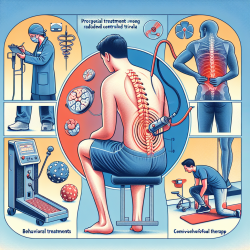Introduction
Understanding the dynamics of health and dental care expenditures is crucial for healthcare practitioners aiming to improve service delivery and patient outcomes. A recent study titled Health and dental care expenditures in the United States from 1996 to 2016 provides valuable insights into spending trends over two decades. By examining these trends, practitioners can better comprehend the economic landscape and its impact on healthcare delivery.
Key Findings
The study reveals a significant increase in both health and dental care expenditures from 1996 to 2016. Total healthcare expenditures rose from $838.33 billion to $1.62 trillion, marking a 1.9-fold increase. Dental care expenditures also saw a 1.5-fold increase, from $66.00 billion to $101.26 billion. Notably, the geriatric population experienced the most substantial rise in both health and dental care spending.
Despite these increases, the growth was not uniform across all demographic groups. For instance, while the overall per capita dental care expenditure increased by 27%, the geriatric dental care expenditure surged by 59%. Such disparities highlight the need for targeted strategies to address healthcare inequalities.
Implications for Practitioners
Healthcare practitioners can leverage these findings to enhance their practice in several ways:
- Data-Driven Decision Making: Understanding expenditure trends enables practitioners to make informed decisions about resource allocation and service provision.
- Targeted Interventions: By identifying groups with the highest expenditure increases, practitioners can develop targeted interventions to address specific needs, particularly in geriatric care.
- Policy Advocacy: Practitioners can advocate for policies that address healthcare disparities, ensuring equitable access to care for all population groups.
Encouraging Further Research
While the study provides a comprehensive overview of expenditure trends, further research is necessary to understand the underlying factors driving these trends. Practitioners are encouraged to explore questions such as:
- What are the specific drivers of increased expenditures in the geriatric population?
- How do economic fluctuations impact dental care spending compared to medical care?
- What strategies can effectively reduce disparities in healthcare spending?
Conclusion
Healthcare and dental care expenditures have shown significant growth over the past two decades, with notable disparities across demographic groups. Practitioners can utilize these insights to improve service delivery and advocate for policy changes that promote equitable healthcare access. Continued research is essential to further elucidate these trends and inform future strategies.
To read the original research paper, please follow this link: Health and dental care expenditures in the United States from 1996 to 2016.










